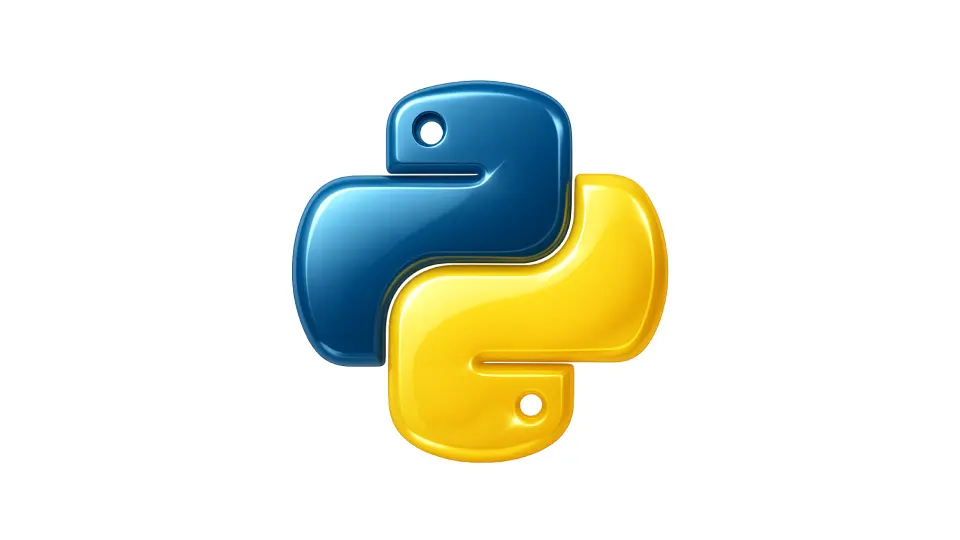If your downloads folder feels like a post-apocalyptic wasteland—or your desktop’s become a graveyard for “final_draft_v2_REALLYFINAL.pdf”—take a breath. You’re not doomed to a life of chaos. In fact, with a pinch of Python and a couple of lines of code, you can automatically Marie Kondo your files and get back that serene, “new device” feeling. No AI required—just some old-school scripting and a smarter way to manage your stuff.
Why File Chaos Happens (and Why You Need to Fix It)
We live in an age of infinite accumulation: invoices, memes, screenshots, resumes, contracts—you name it, you download it. But here’s the secret: every minute you spend hunting for a lost file is a minute you don’t get back.
The solution? Automate the repetitive grunt work and reclaim control. Even a few lines of Python can save you hours, boost your productivity, and reduce the stress of mystery folders filled with “(1)” and “copy” files.

Python to the Rescue: Your New File Housekeeper
Let’s get nerdy for a second. Python’s os and shutil modules are low-key heroes, letting you peek into folders, spot file types, move things around, and create new directories on the fly. Think of them as bouncers—politely shuffling PDFs to the “Documents” lounge, channeling JPEGs to “Pictures,” and sending DMG files straight to the trash where they belong.
Better yet: these scripts are endlessly customizable. You can organize by file extension, by date, or even by naming convention (so all your “Tax_2023” stuff goes into its own bunker). It’s automation that takes five minutes to learn but pays off in relaxation dividends for years.
Quick Example: File-Sorting Starter Kit
Here’s a basic Python script (let’s call it kondo.py 😝) to sort files on your desktop by type:
import os
import shutil
desktop_path = '/Users/yourusername/Desktop' # Change as needed
folders = {
'Documents': ['.pdf', '.docx'],
'Pictures': ['.jpg', '.png', '.gif'],
'Archives': ['.zip', '.rar']
}
for filename in os.listdir(desktop_path):
file_path = os.path.join(desktop_path, filename)
if os.path.isdir(file_path):
continue # Skip folders
for folder, extensions in folders.items():
if filename.lower().endswith(tuple(extensions)):
dest_folder = os.path.join(desktop_path, folder)
os.makedirs(dest_folder, exist_ok=True)
shutil.move(file_path, dest_folder)
Voilà! Files are now sorted into folders—automatically.
The Real Payoff: Hygiene, Less Stress
Forget “productivity hacks” that require color-coding your calendar until your eyes bleed. Real improvement comes from building invisible systems that work while you’re not looking. Automating file management frees your brain for bigger decisions, makes information easier to find, and—let’s be honest—just feels good.
Level Up: Make It Yours
Your needs are unique. Want to move files by modification date? Sort family photos by year? Clean up 20 years of accumulated cruft from a Dropbox? Python makes it possible, and you don’t need to be a software engineer to start.
Tweaking a few parameters turns a generic tool into your own assistant. Try experimenting—the worst-case scenario? You end up with better-organized folders.
Final Word
The truth? Most messes don’t need a paid app, a new habit, or a 30-minute YouTube tutorial. They just need a practical push and a touch of automation. Python scripting lowers barriers, saves time, and gives you a rare moment of quiet control—one folder at a time.
Your computer (and your sanity) will thank you.



